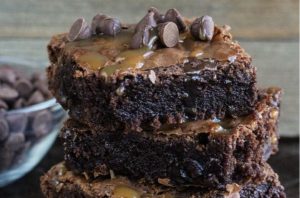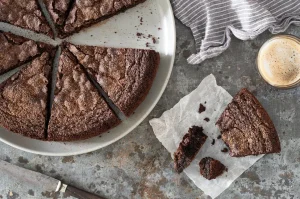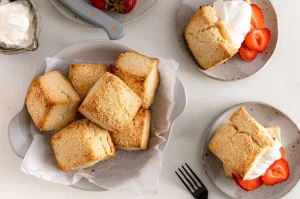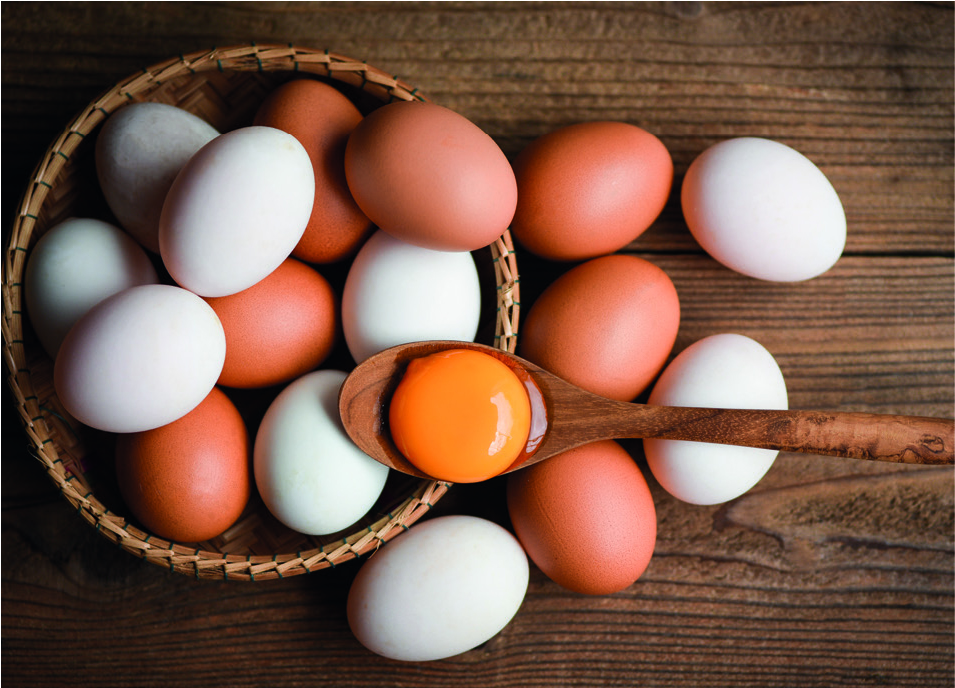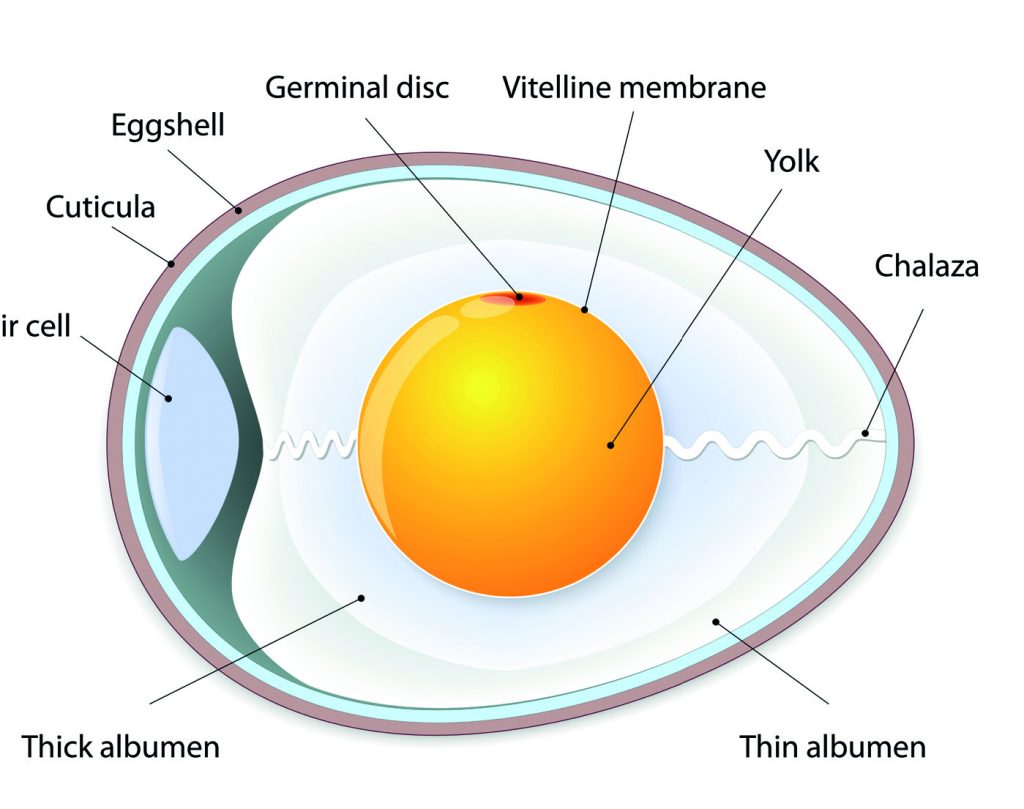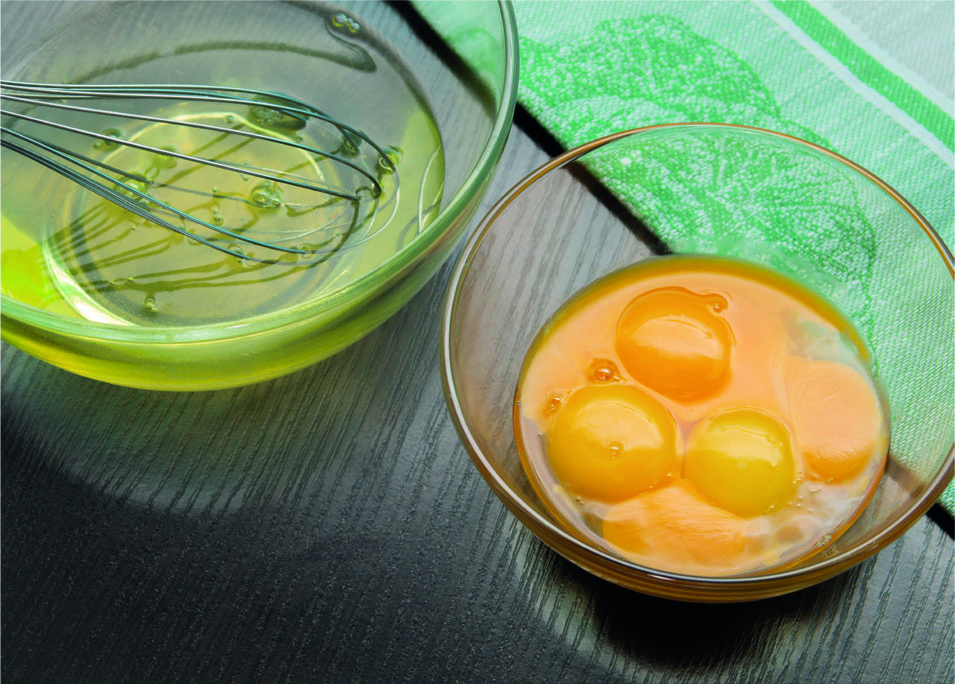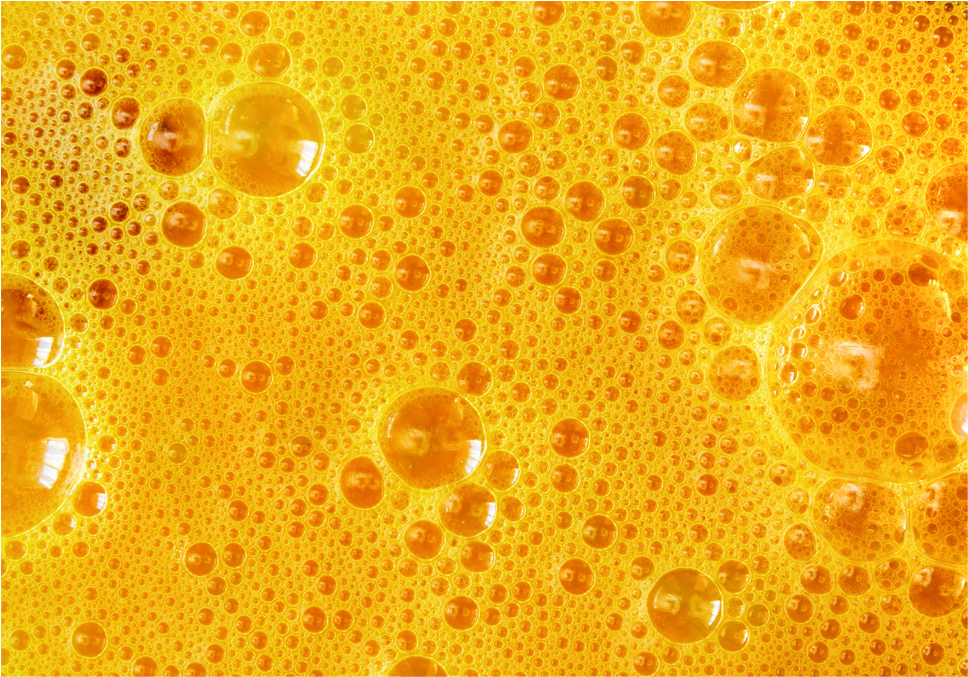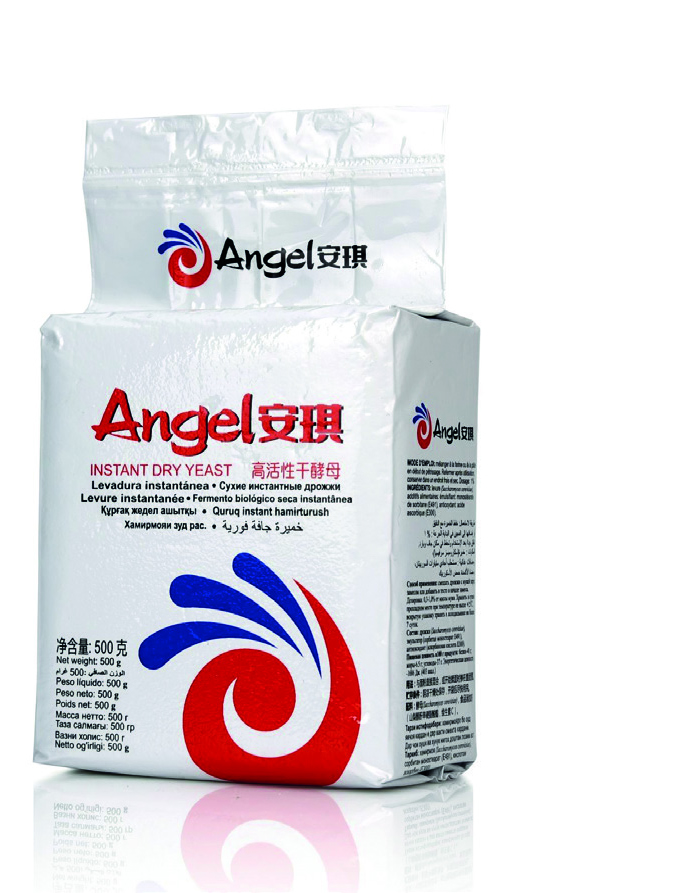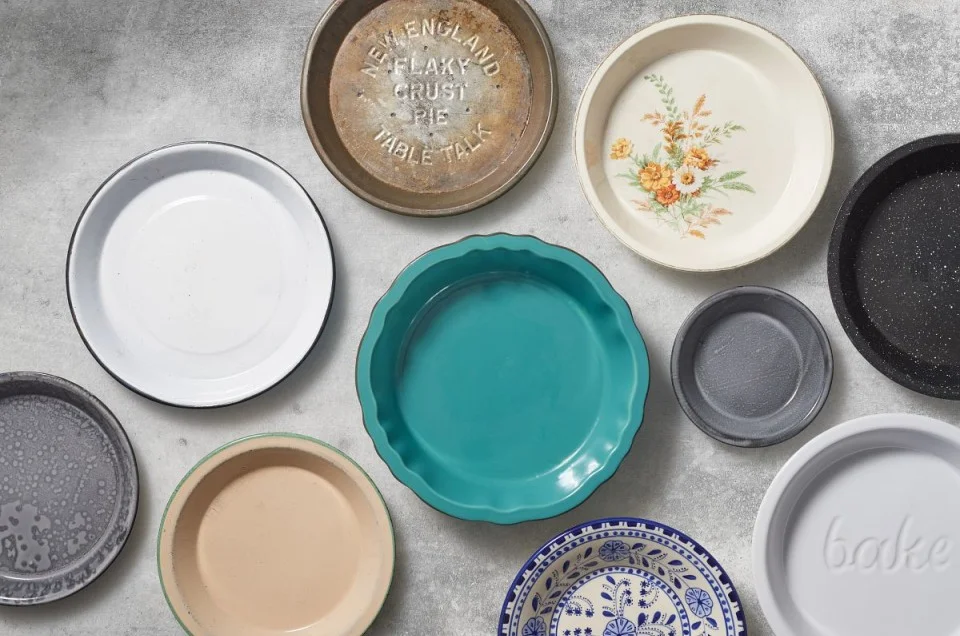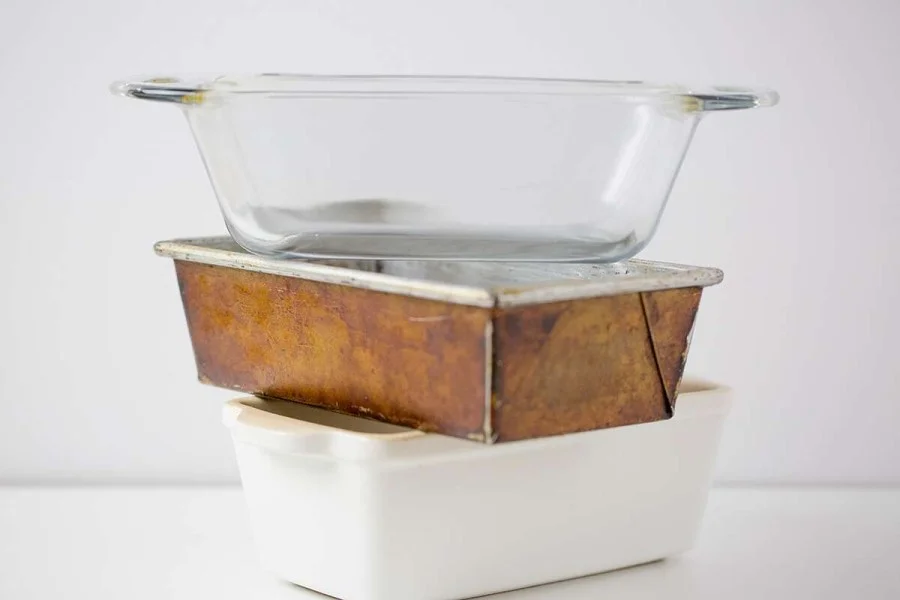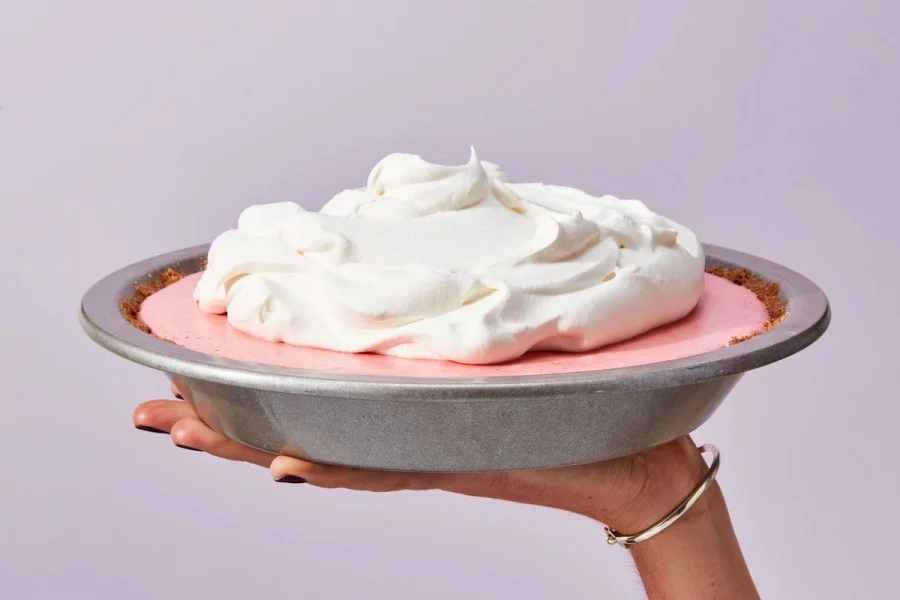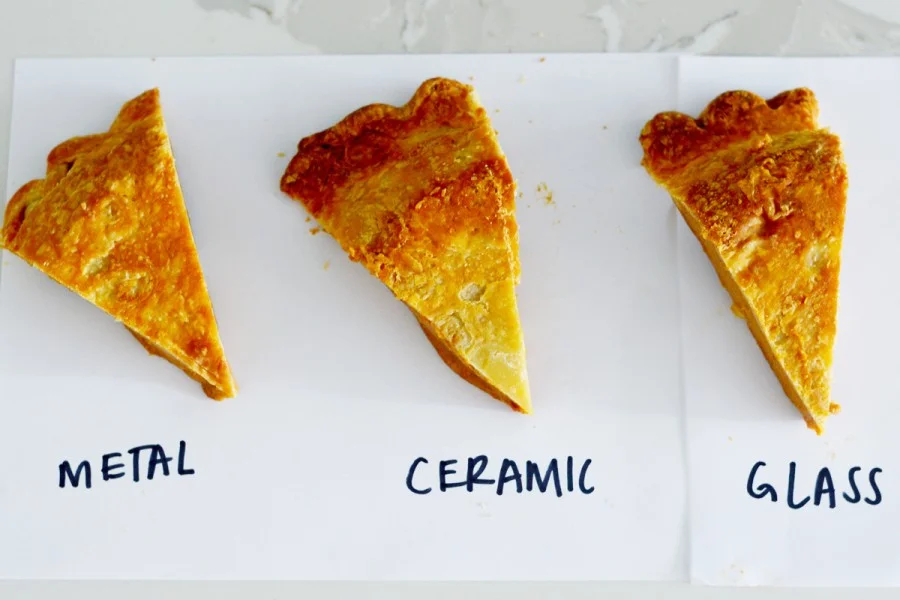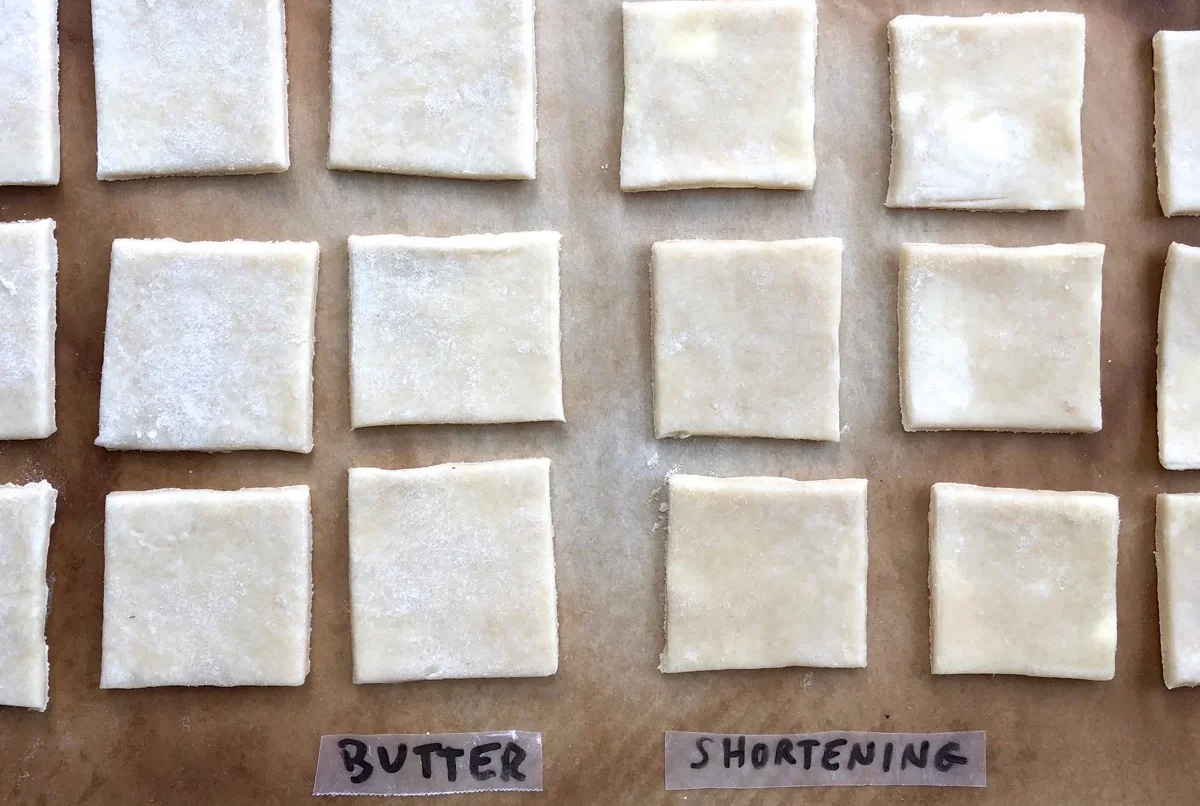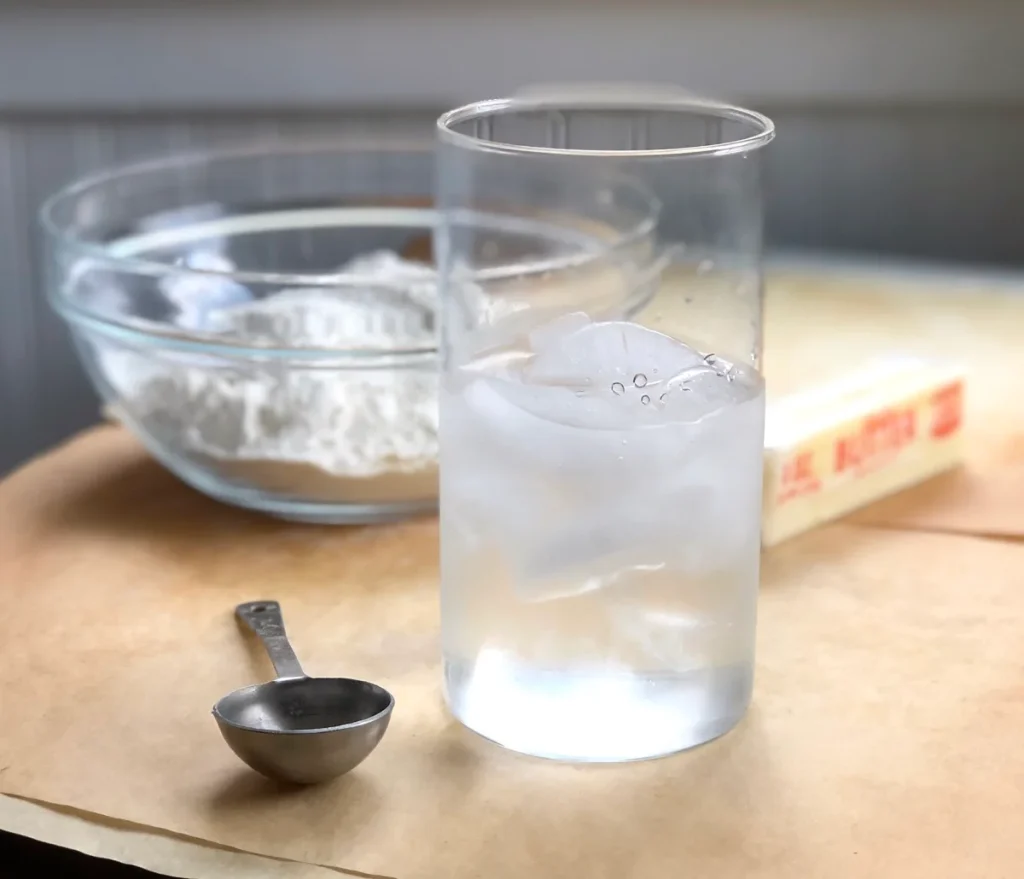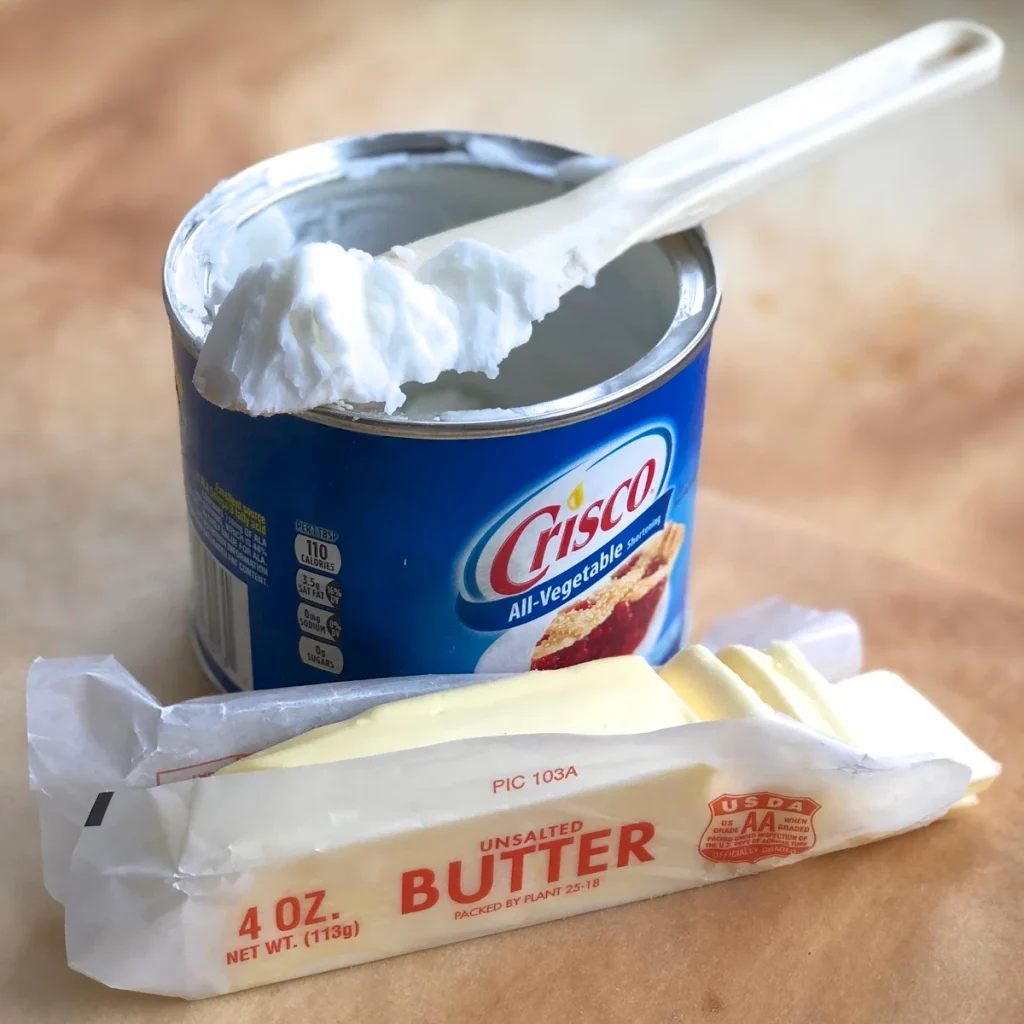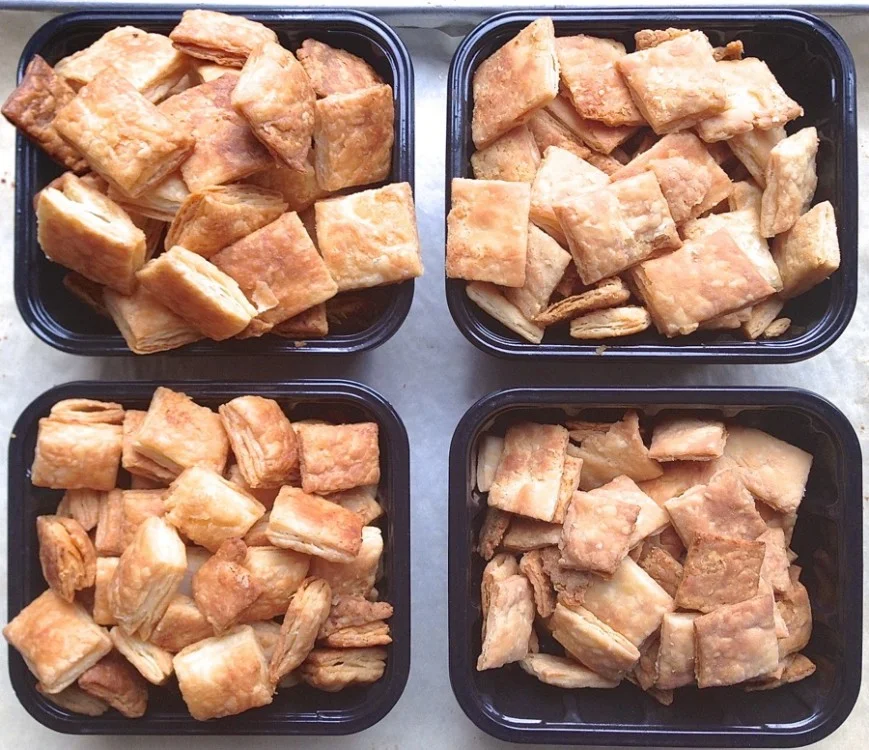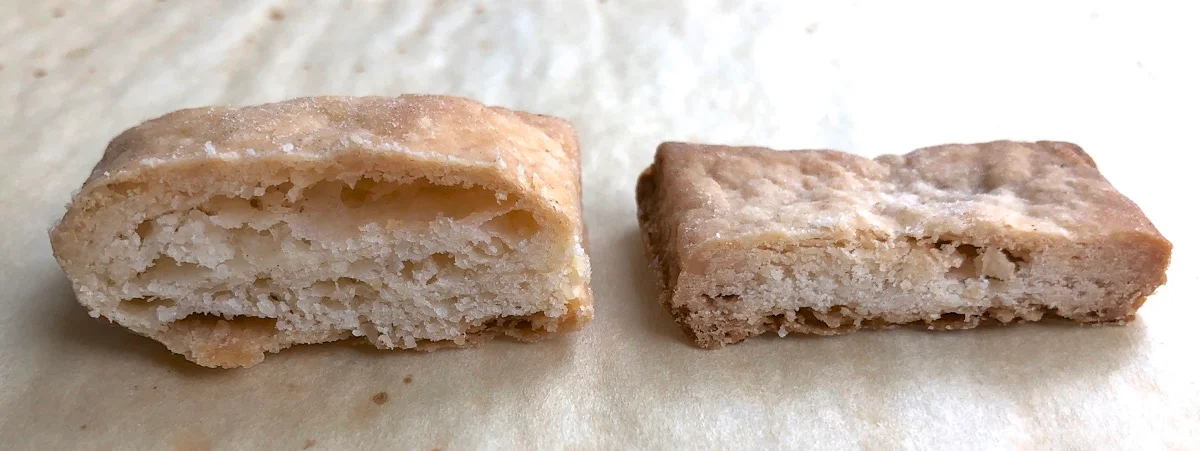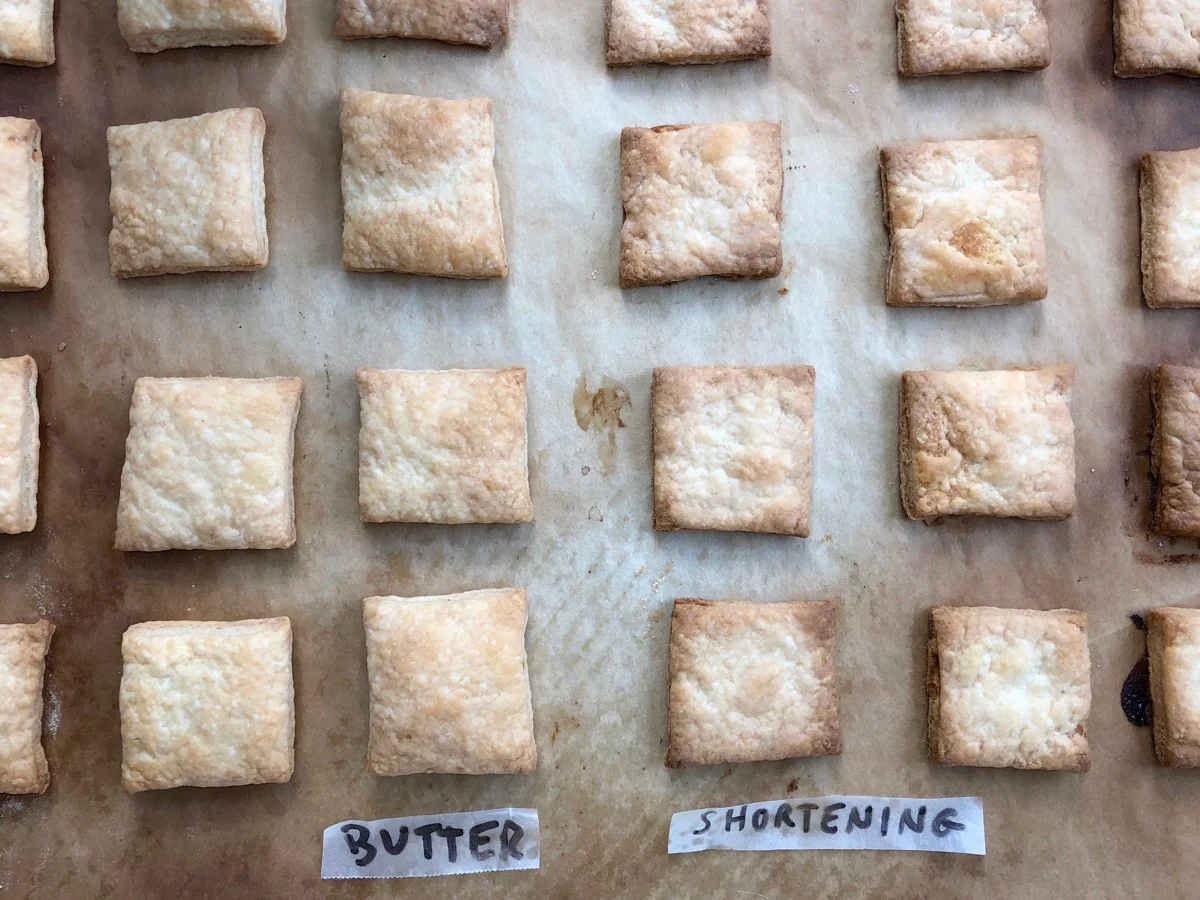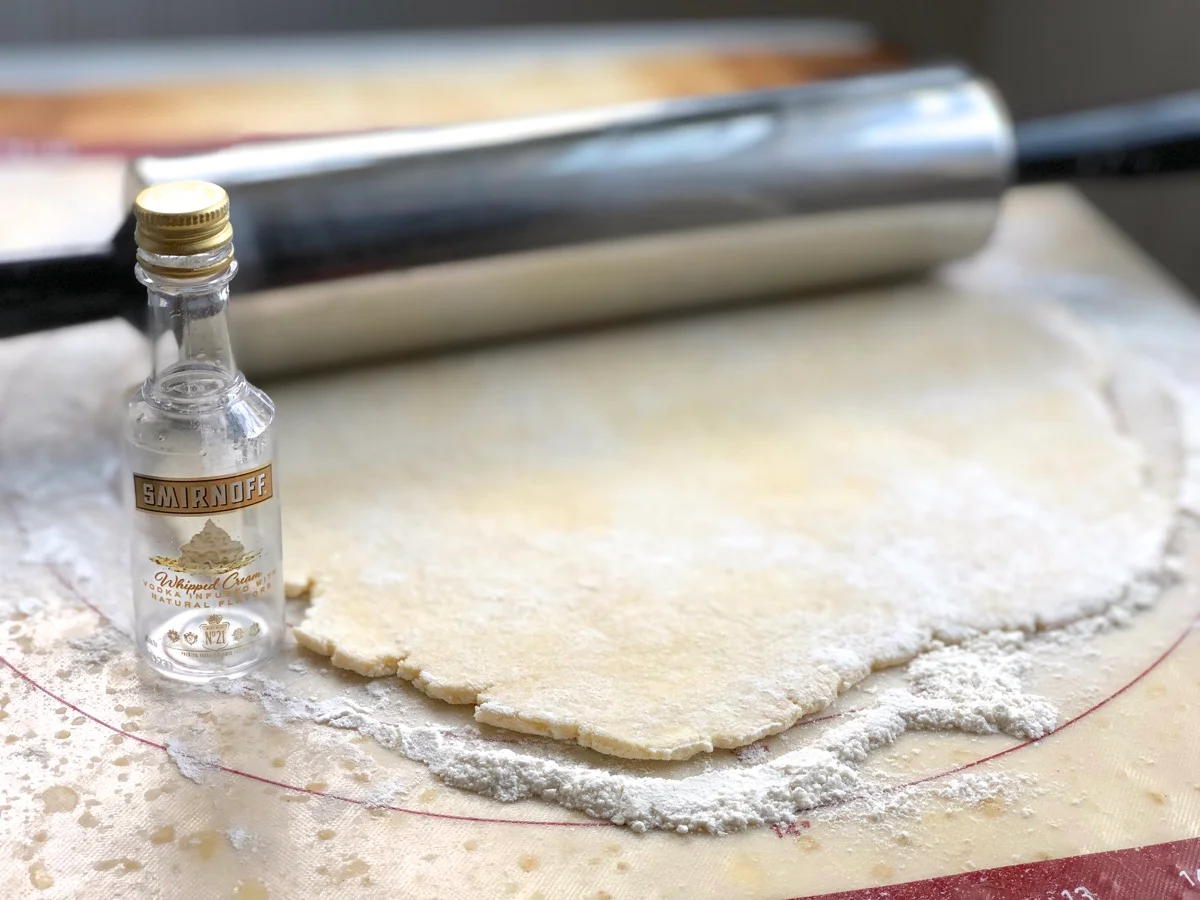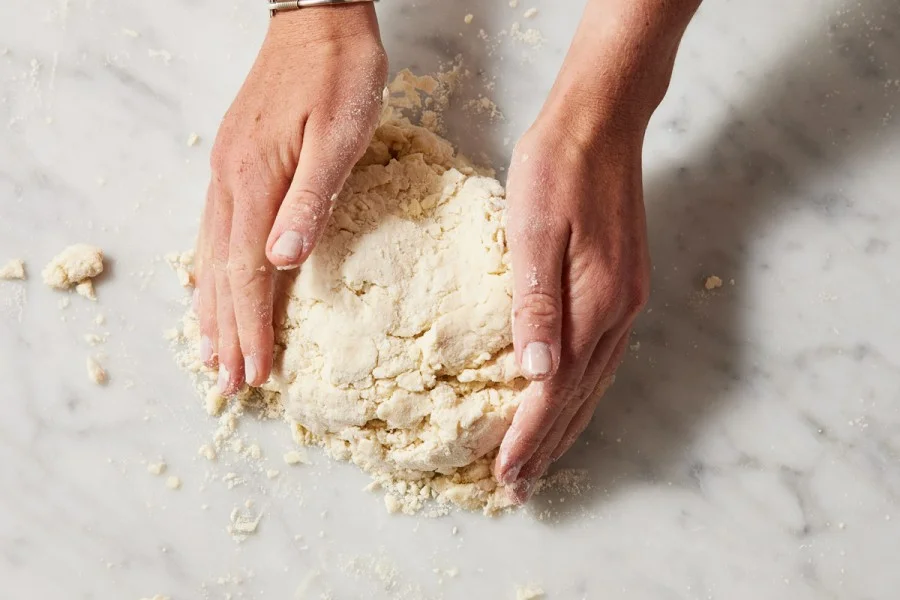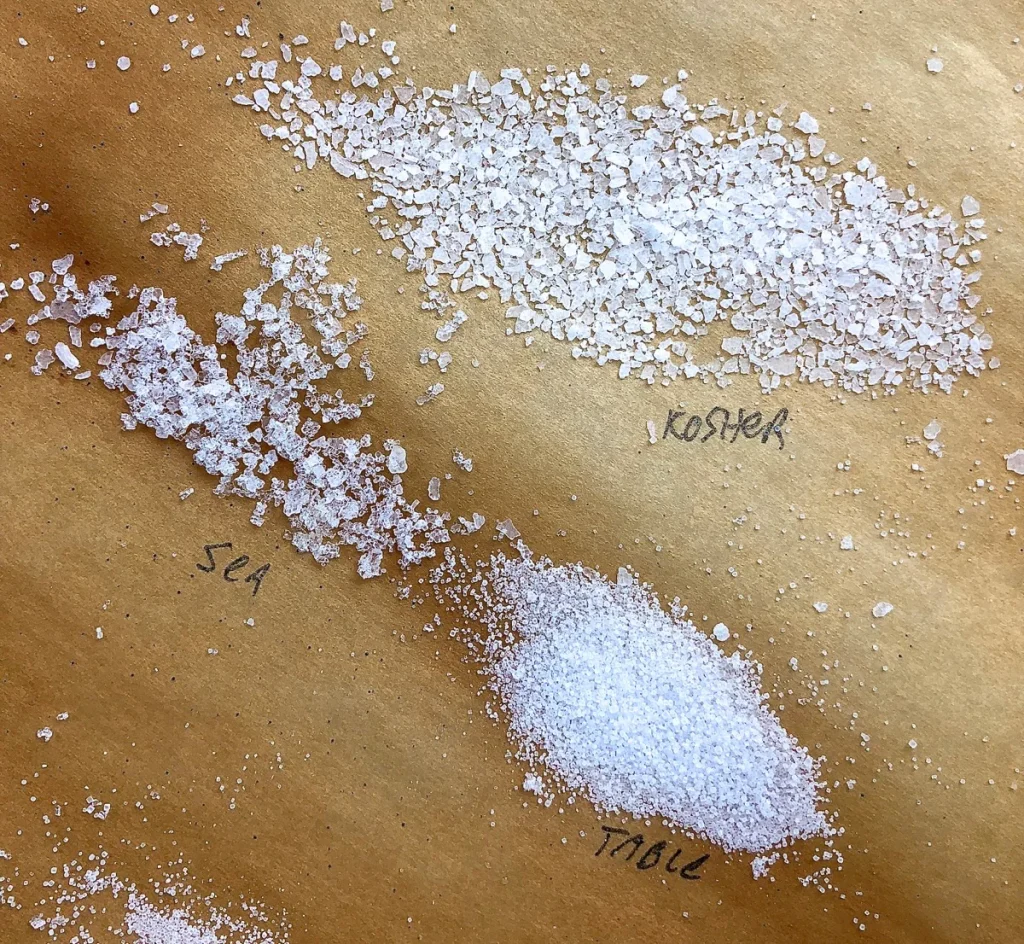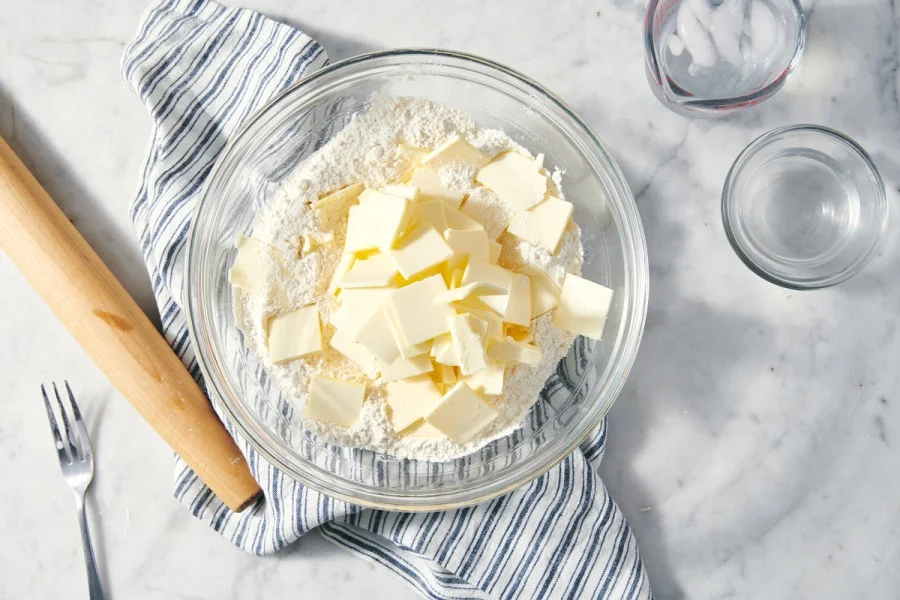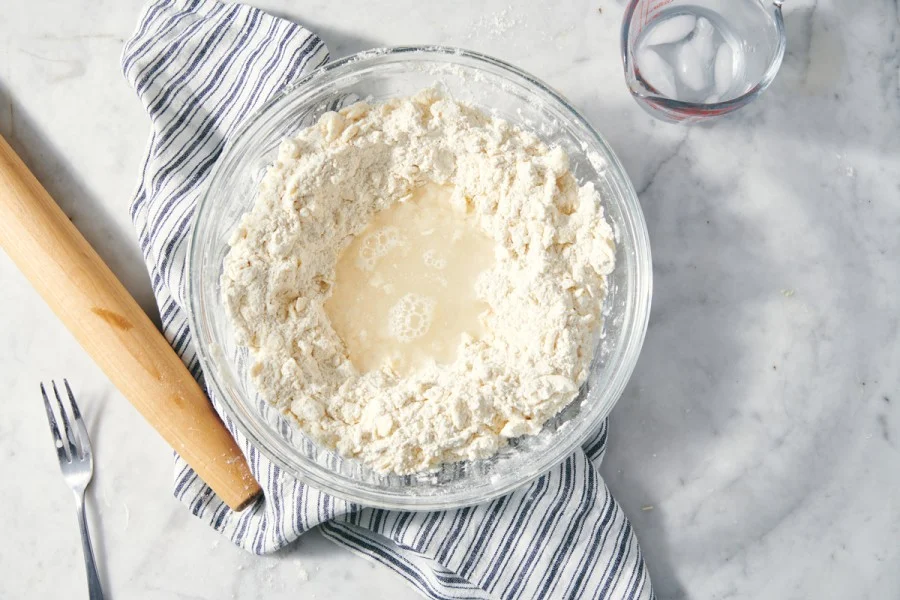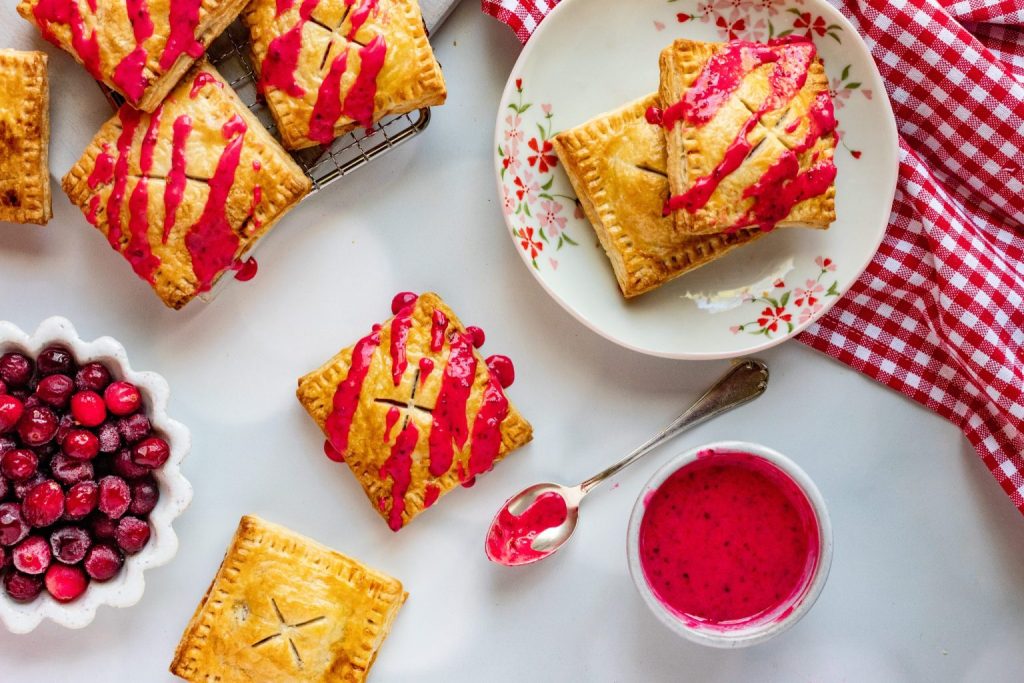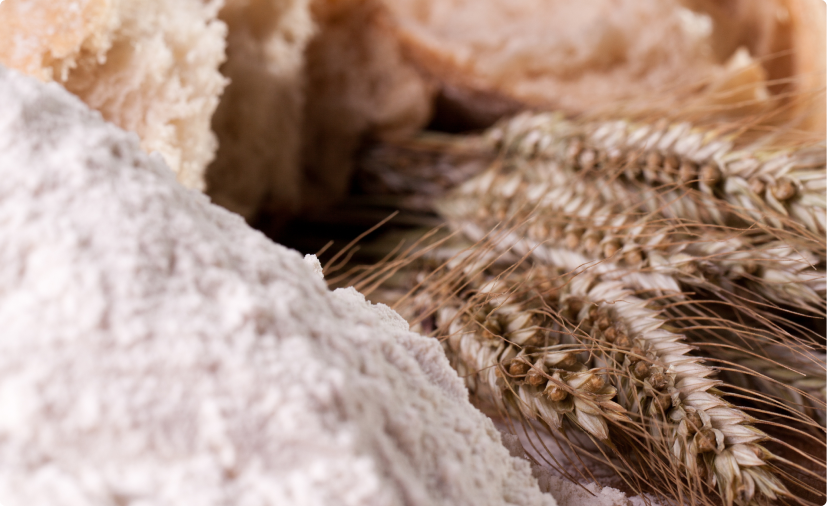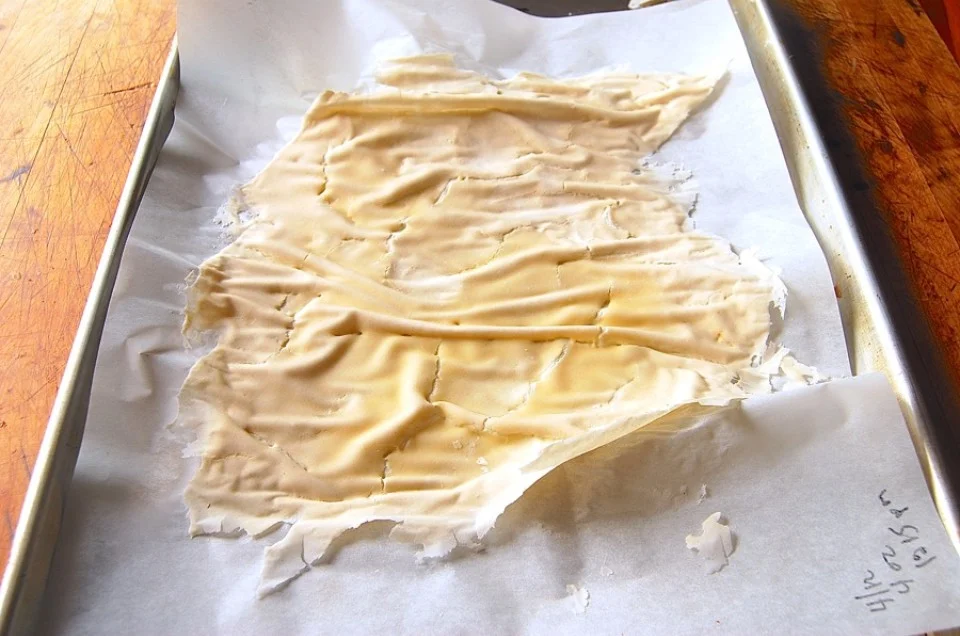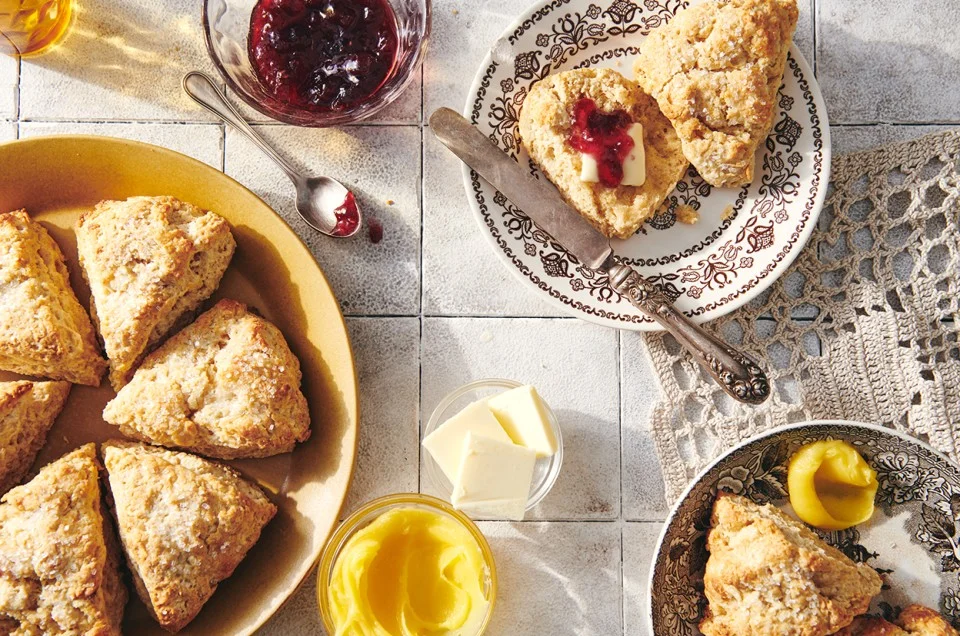

What exactly is a scone?
By: RedmanShop | February 17, 2025
Depending on which side of the pond you’re on, a scone can take a few different forms. Sometimes, it’s a simple affair — a buttery, blank slate waiting for a dollop of jam or drizzle of honey. Other times, a scone is a decadent treat all on its own, loaded with sweet or savory mix-ins. Either way, it’s a perfect accompaniment for tea or coffee. But what’s the difference between all these scones, and their close cousin, biscuits?

British scones vs. American scones
Traditional British scones work butter and/or cream into flour until a crumbly dough forms, which makes the resulting baked good finely crumbed and tender, but still a bit flaky. Leavener (typically baking powder) and sometimes eggs are added to help the scones rise and keep them light. British scones are generally quite plain (though they sometimes have a handful of currants or raisins added) and just barely sweet, making them the perfect vehicle for slathering with salted butter, jam, or clotted cream (or all three!). They’re often cut into rounds before baking, but they can sometimes be shaped as triangles.
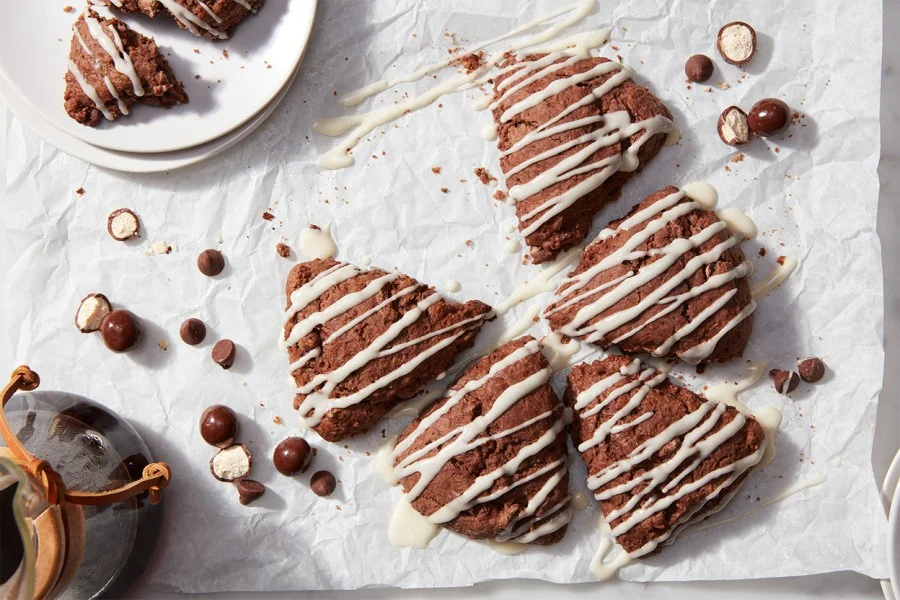
American-style scones, on the other hand, are usually a no-holds-barred affair. Often found in coffee shops, these pastries are typically triangular, on the sweet side, loaded with mix-ins like dried or fresh fruit, nuts, or chocolate, and sometimes finished with a decadent glaze. They can go savory, too, featuring shredded cheese, herbs, or even pops of salty bacon. The dough often contains more liquid and is mixed more thoroughly than British-style scones in order to incorporate all of those fillings, so they tend to be on the crumblier side after baking.
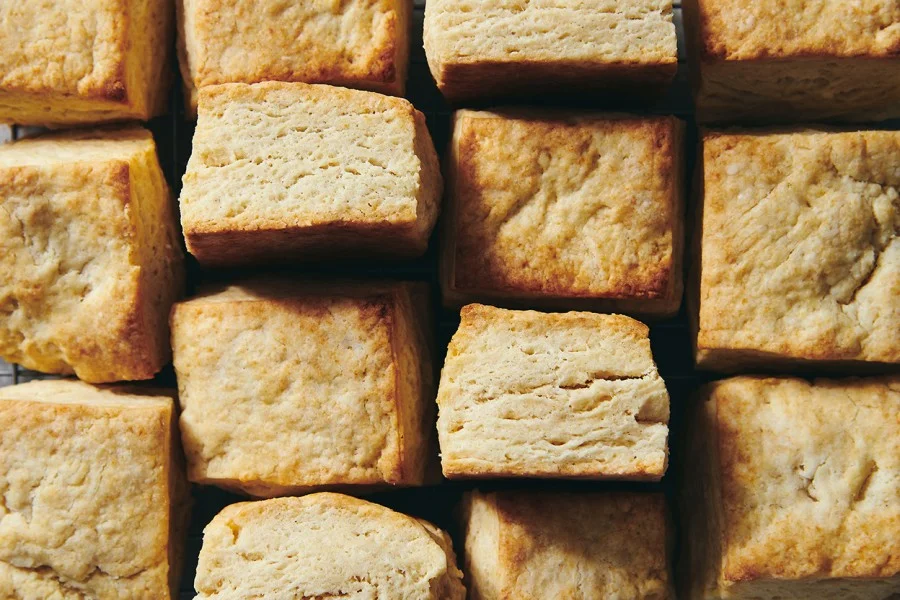
What is the difference between a scone and a biscuit?
American-style biscuits are cousins to scones, deriving from recipes brought over by settlers from Europe; over time, they were adapted to incorporate available ingredients and evolved into new styles of their own.
Biscuits contain most of the same ingredients as scones, with the exception of eggs and, sometimes, buttermilk instead of milk or cream. However, they typically have a higher proportion of fat and less liquid than scones, causing them to bake up taller and flakier, rather than crumbly and tender. Scones can be made without butter (just using cream), but biscuits always use a form of solid fat. That fat — often butter but sometimes lard or vegetable shortening — is usually left in larger pieces that are folded and laminated into the dough, creating ultra-flaky, striated layers as the pockets of fat puff up in the oven. Biscuits generally skew more savory than sweet, perfect for serving alongside a plate of bacon and eggs or sopping up gravy.
